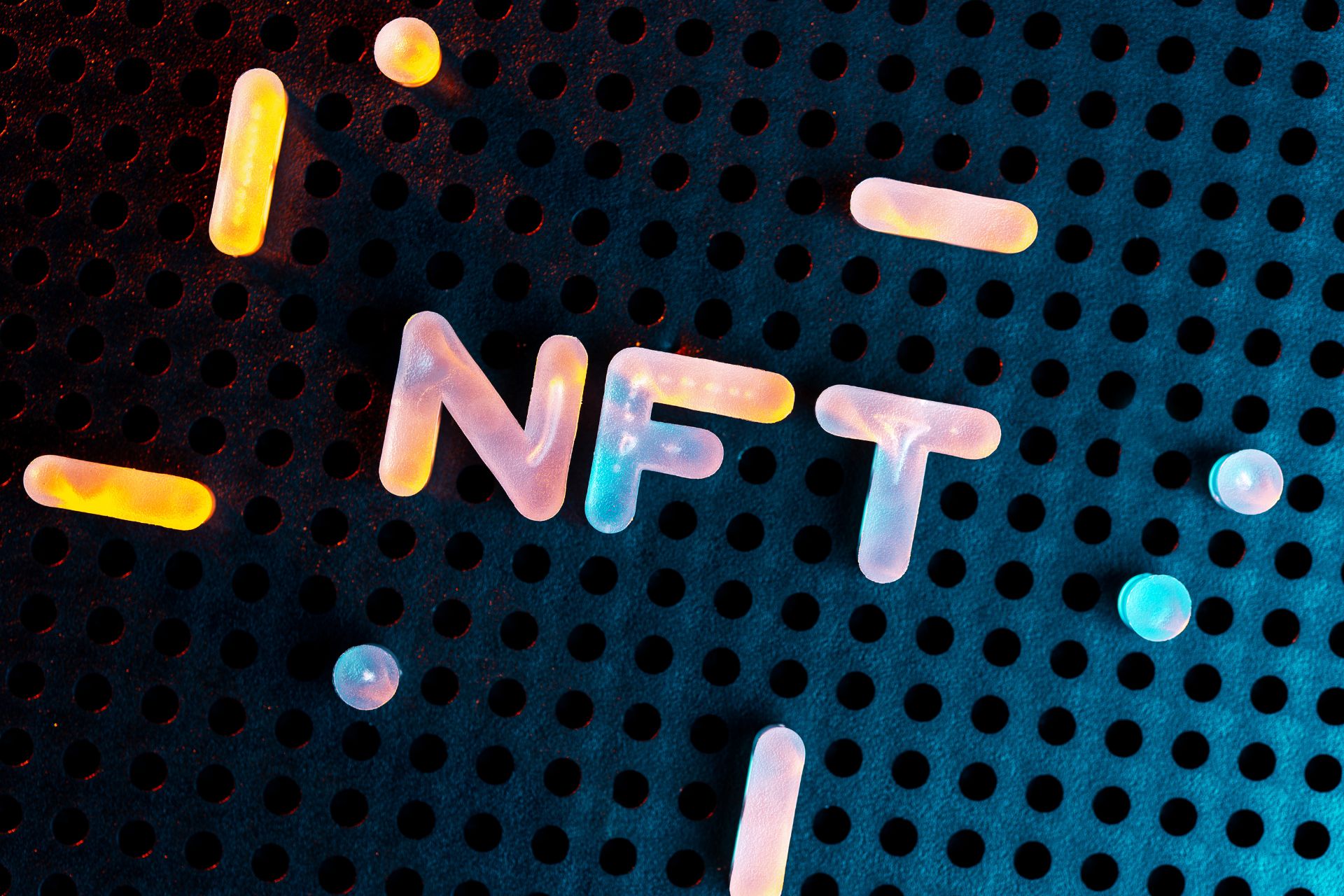Demystifying NFTs and Virtual Goods: A Classification Guide
The new edition of EUIPO’s Guidelines has just been published and includes details on EUIPO‘s approach to classification of non-fungible tokens (NFTs), virtual goods and virtual services. Virtual goods and services, like NFTs (unique digital certificates used to record ownership or interest in a specific item), have become increasingly popular in the online world. EUIPO‘s new Guidelines for classifying these items when filing a European Union trade mark, aim to provide greater clarity for applicants.
These specific changes in the Guidelines come following the publication of the 12th Edition of the Nice Classification, which includes the term “downloadable digital files authenticated by non-fungible tokens [NFTs]” in Class 9. A non-fungible token can be understood as a cryptographic tool that uses a blockchain to create a unique, non-fungible digital asset which can be owned and traded.
The Guidelines suggest that terms like “virtual goods” and “downloadable goods” are not acceptable as such and need further specification to be accurately classified. For example, “downloadable goods, namely, downloadable multimedia files“ in Class 9 or “retail of virtual clothing” in Class 35 are acceptable classifications.
When it comes to NFTs, the definition that the Guidelines provide is “unique digital certificates to record an interest of some kind in relation to an item (such as the purported ownership of a digital artwork or a collectible)“. However, to classify them accurately, it is not enough to just use the term “NFTs“. Instead, the item to which they relate must be specified. For instance, “downloadable digital art authenticated by an NFT” in Class 9 is an acceptable classification.
Services related to virtual or downloadable goods are classified based on their underlying nature and their impact in the real world. For example, transport services move people or goods from one physical location to another and are classified in Class 39. Whereas services that convey avatars in a virtual game are considered entertainment and classified in Class 41.
Overall, the Guidelines provide greater clarity on how to classify virtual goods and services, including NFTs. By being more specific, it helps ensure that they are appropriately categorised and the scope of protection of the trade mark is well defined.
Do you need help with classifying your virtual goods and services in a new trade mark application? Contact us through this form and we will be happy to assist you in filing a new trade mark application!


